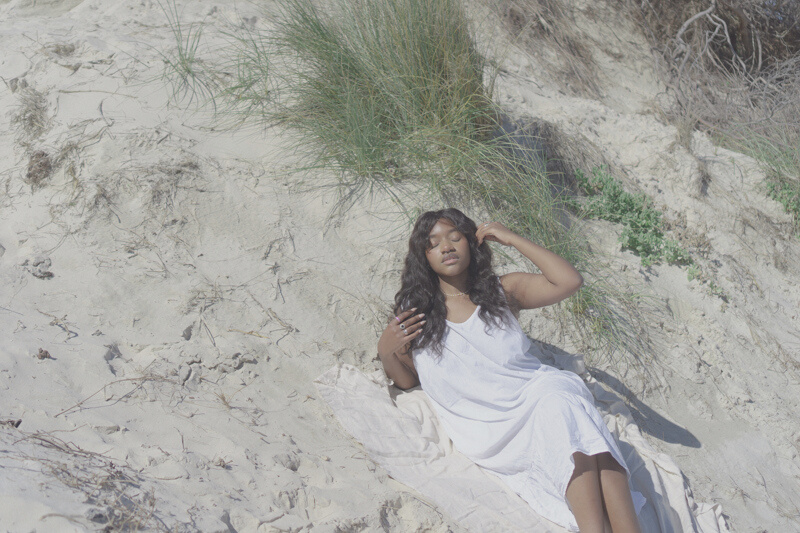The Art of Ethical Hair: Slow Production, Sustainable Beauty
Empowering Women, One Strand at a Time
At Ayune Hair, we believe in beauty that's good for you and good for the world. We embrace a slow production process that prioritises ethical sourcing, empowers women in Southeast Asia, and encourages conscious consumption.

The Ethical Collection Process
Our ethical hair extensions begin with a unique and ethical collection method. We support women who meticulously collect naturally shed hair from their brushes and combs.
This process:
1. Provides them with a sustainable income without any pressure to cut their hair.
2. Respects their autonomy and dignity.
3. Creates a truly ethical and empowering system.
Did you know that the average person sheds 50-150 strands of hair daily? By collecting these naturally fallen strands, we create a sustainable source of high-quality hair without harming anyone.
The Journey from Strand to Extension
Our meticulous production process ensures the highest quality and integrity of our extensions:
1. Sorting and Cleaning: Each strand is carefully hand-sorted and thoroughly washed and steamed multiple times.
2. Hackling: The hair is then hackled—a traditional combing process using specialised tools—to ensure smooth, tangle-free strands. This process can take several hours to ensure quality.
3. Double Wefting and Washing: The hair is double-wefted for added durability and washed again for optimal cleanliness.
4. Creating the Texture: Most women in Southeast Asia have naturally straight hair. To create the desired textures for our customers, we use a traditional piping method. The hair is wrapped around specific pipes (depending on the desired texture) and allowed to air dry under the sun. We prioritise air drying to maintain the hair's natural integrity and only use heat as a last resort during extended periods of rain.
Conscious Consumption
We encourage you to embrace a mindset of slow consumption. By choosing Ayune Hair, you're investing in extensions that are made to last with proper care. This mindful approach allows you to appreciate the quality and craftsmanship behind each strand, reducing the need for frequent replacements.
